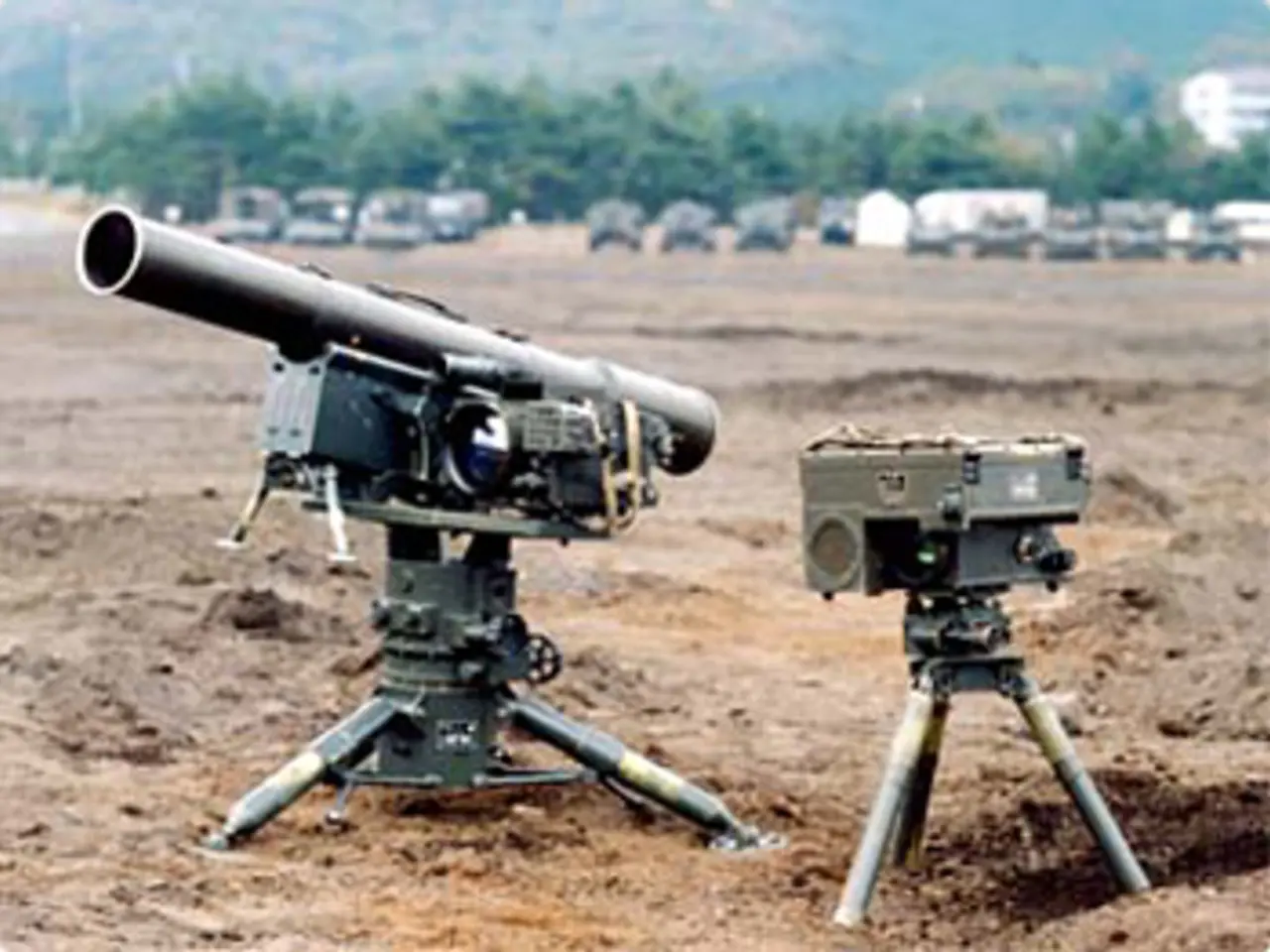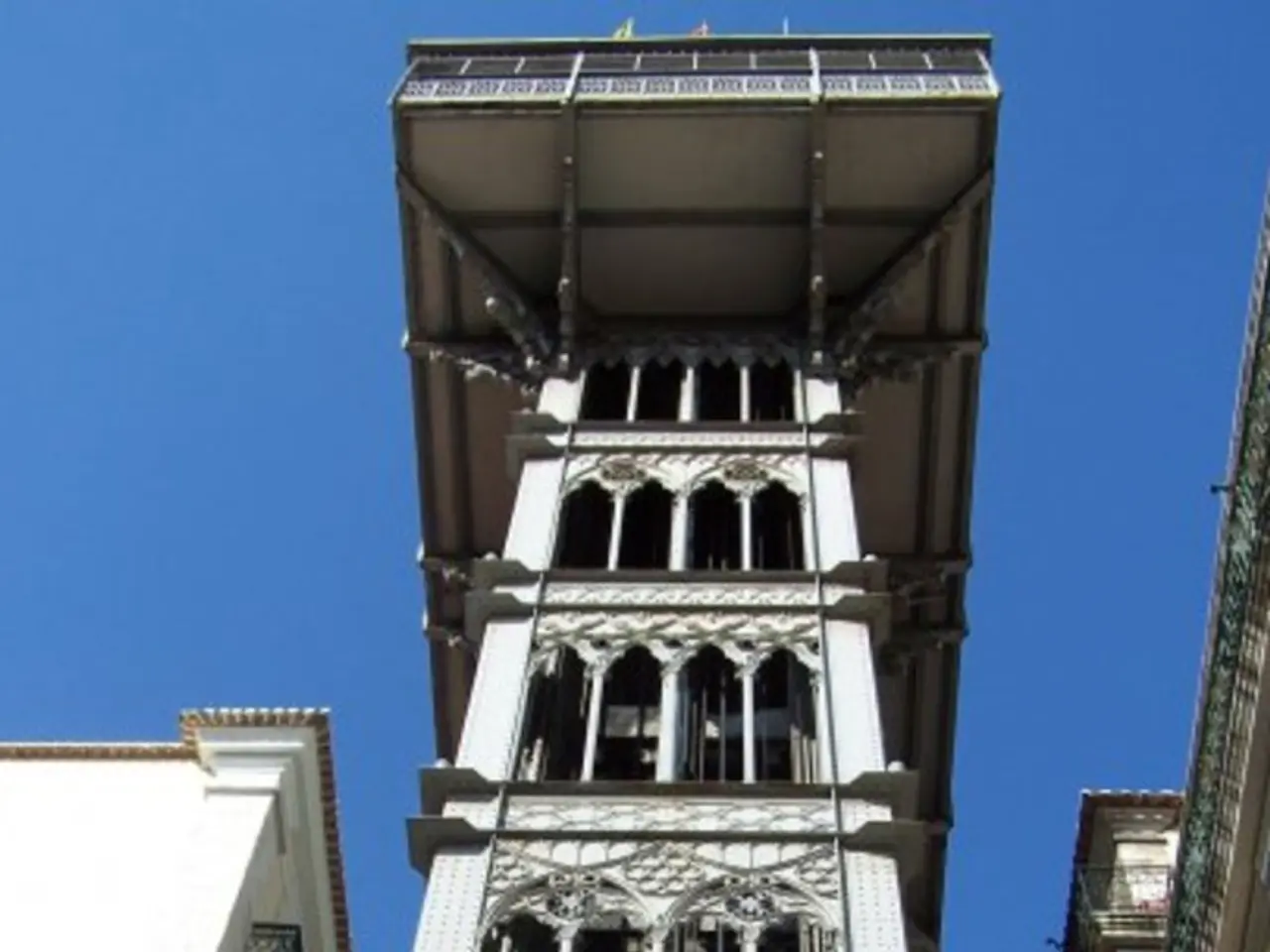Ukrainians viewed the mobilization as a judgment
In Ukraine, a growing number of citizens view military mobilization as a death sentence, leading to increasing resistance against enlistment calls. This resistance is primarily driven by public discontent and protests against forced conscription, particularly targeting Territorial Recruitment Centres (TRCs) [1][5].
Recent incidents include blocking transport of conscripts, stone-throwing incidents, and vocal demands for the release of previously conscripted men. This resistance reflects frustration with controversial conscription practices amid ongoing personnel shortages that Ukraine's Armed Forces face [1][5].
Despite these challenges, Ukraine continues to recruit around 27,000 soldiers each month [1]. The government has pledged reforms to make conscription more transparent and reduce abuses, alongside digitization and decentralization efforts to make the mobilization process more resilient and less vulnerable to Russian attacks [1][2].
To counter Russian drones and mitigate disruption, Ukraine employs several strategies. These include digital transformation such as a mobile app for remote conscription management and exemption requests, an electronic military data register, and enhanced security at decentral recruitment offices [2]. Additionally, volunteer military recruitment campaigns and decentralizing recruitment functions aim to reduce reliance on centralized, vulnerable facilities [2].
A longer-term strategy to broaden defensive capabilities beyond traditional military conscription is the expansion of "national resistance" training to youths from the age of 14 [4].
In summary, Ukraine faces increasing civil resistance to enlistment largely due to coercive mobilization tactics. However, the country mitigates recruitment setbacks through administrative reforms, digital tools, decentralization, and expanded grassroots defense efforts while simultaneously withstanding Russian drone strikes targeting its recruitment infrastructure [1][2][4][5].
References:
[1] Steigan. (2022). Fewer and fewer military personnel in Ukraine. Retrieved from https://www.steigan.no/nyheter/2022/februar/fewer-and-fewer-military-personnel-in-ukraine
[2] Radio Free Europe/Radio Liberty. (2022). Ukraine Steps Up Digital Transformation to Counter Russian Drones. Retrieved from https://www.rferl.org/a/ukraine-steps-up-digital-transformation-to-counter-russian-drones/31774963.html
[4] Kyiv Post. (2022). Ukraine to train 14-year-olds in 'national resistance'. Retrieved from https://www.kyivpost.com/ukraine-politics/ukraine-to-train-14-year-olds-in-national-resistance.html
[5] The Guardian. (2022). Ukraine's conscription crisis: why more and more citizens see military service as a death sentence. Retrieved from https://www.theguardian.com/world/2022/mar/18/ukraines-conscription-crisis-more-and-more-citizens-see-military-service-as-a-death-sentence
In the wake of growing protests against forced conscription in Ukraine, political discussions intensify regarding the country's controversial conscription practices. General-news headlines emphasize the increasing popular discontent and demand for transparency in the recruitment process. Despite administrative reforms, the government's efforts to mitigate resistance and Russian attacks through digitization and decentralization remain topics of general-news debate.







